SNVSB75E december 2018 – august 2023 LM5155 , LM51551
PRODUCTION DATA
- 1
- 1 Features
- 2 Applications
- 3 Description
- 4 Revision History
- 5 Description (continued)
- 6 Device Comparison Table
- 7 Pin Configuration and Functions
- 8 Specifications
-
9 Detailed Description
- 9.1 Overview
- 9.2 Functional Block Diagram
- 9.3
Feature Description
- 9.3.1 Line Undervoltage Lockout (UVLO/SYNC Pin)
- 9.3.2 High Voltage VCC Regulator (BIAS, VCC Pin)
- 9.3.3 Soft Start (SS Pin)
- 9.3.4 Switching Frequency (RT Pin)
- 9.3.5 Clock Synchronization (UVLO/SYNC Pin)
- 9.3.6 Current Sense and Slope Compensation (CS Pin)
- 9.3.7 Current Limit and Minimum On-time (CS Pin)
- 9.3.8 Feedback and Error Amplifier (FB, COMP Pin)
- 9.3.9 Power-Good Indicator (PGOOD Pin)
- 9.3.10 Hiccup Mode Overload Protection (LM51551 Only)
- 9.3.11 Maximum Duty Cycle Limit and Minimum Input Supply Voltage
- 9.3.12 MOSFET Driver (GATE Pin)
- 9.3.13 Overvoltage Protection (OVP)
- 9.3.14 Thermal Shutdown (TSD)
- 9.4 Device Functional Modes
- 10Application and Implementation
- 11Device and Documentation Support
- 12Mechanical, Packaging, and Orderable Information
Package Options
Mechanical Data (Package|Pins)
- DSS|12
Thermal pad, mechanical data (Package|Pins)
- DSS|12
Orderable Information
10.3 System Examples
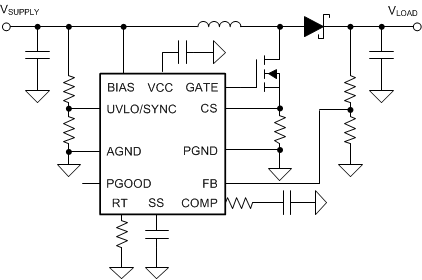 Figure 10-3 Typical Boost Application
Figure 10-3 Typical Boost Application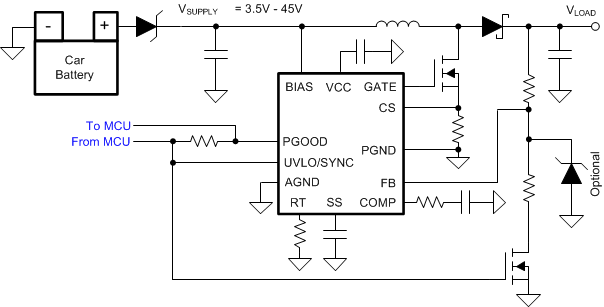 Figure 10-4 Typical Start-Stop Application
Figure 10-4 Typical Start-Stop Application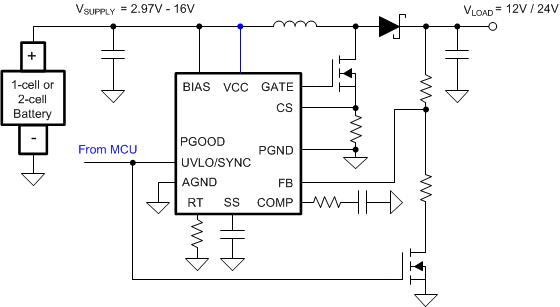 Figure 10-5 Emergency-call / Boost On-Demand / Portable Speaker
Figure 10-5 Emergency-call / Boost On-Demand / Portable Speaker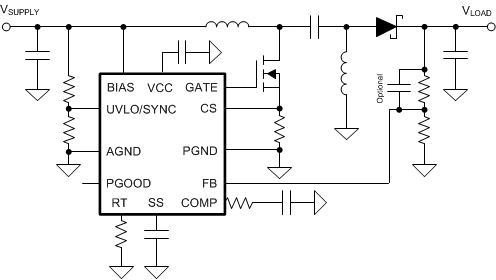 Figure 10-6 Typical SEPIC Application
Figure 10-6 Typical SEPIC Application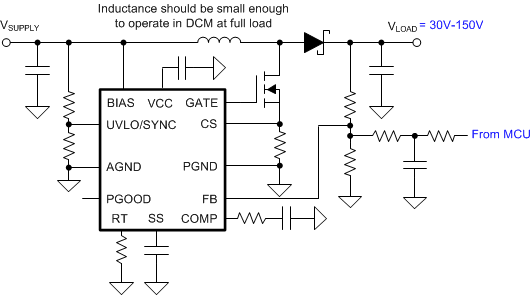 Figure 10-7 LIDAR Bias Supply 1
Figure 10-7 LIDAR Bias Supply 1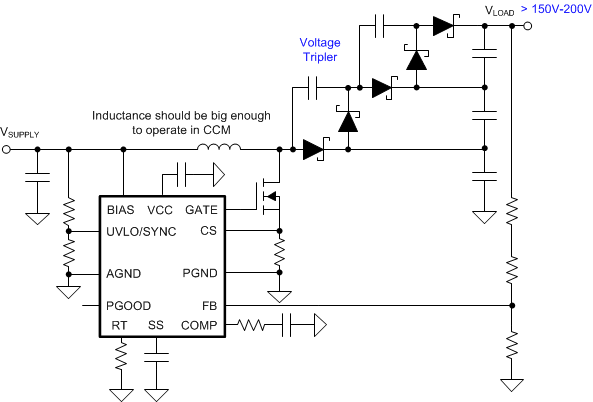 Figure 10-8 LIDAR Bias Supply 2
Figure 10-8 LIDAR Bias Supply 2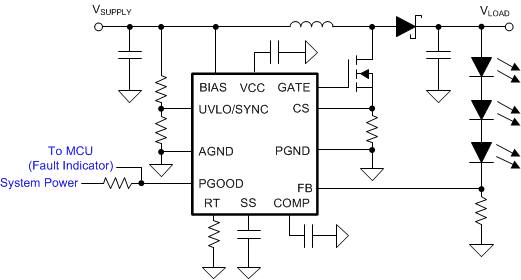 Figure 10-9 Low-Cost LED Driver
Figure 10-9 Low-Cost LED Driver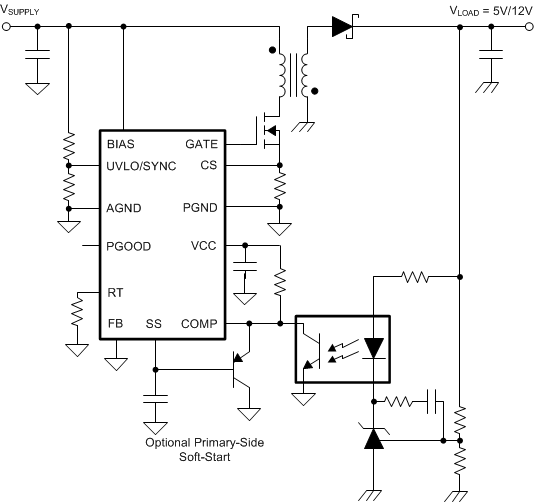 Figure 10-10 Secondary-Side Regulated Isolated Flyback
Figure 10-10 Secondary-Side Regulated Isolated Flyback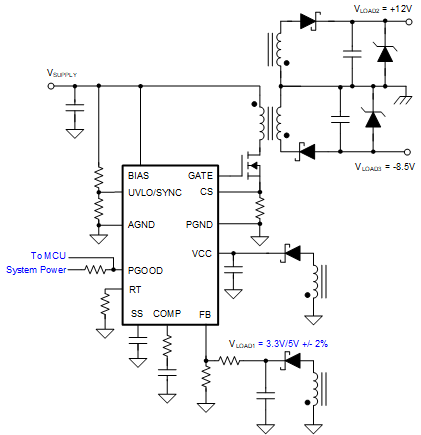 Figure 10-11 Primary-Side Regulated Multiple-Output Isolated Flyback
Figure 10-11 Primary-Side Regulated Multiple-Output Isolated Flyback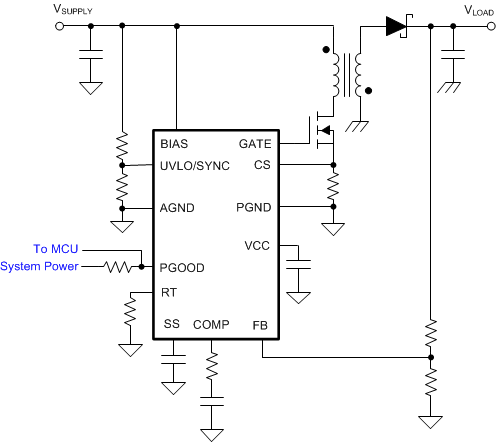 Figure 10-12 Typical Non-Isolated Flyback
Figure 10-12 Typical Non-Isolated Flyback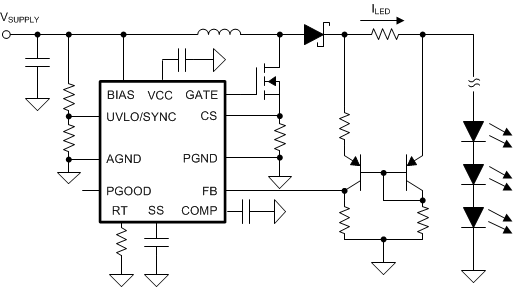 Figure 10-13 LED Driver with High-Side Current Sensing
Figure 10-13 LED Driver with High-Side Current Sensing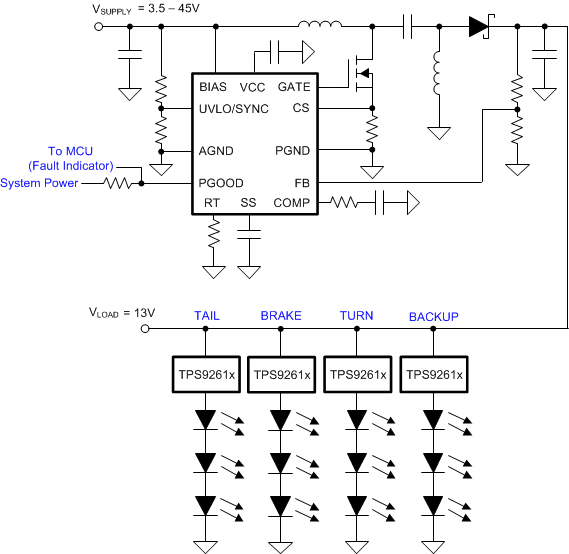 Figure 10-14 Dual-Stage Automotive Rear-Lights LED Driver
Figure 10-14 Dual-Stage Automotive Rear-Lights LED Driver